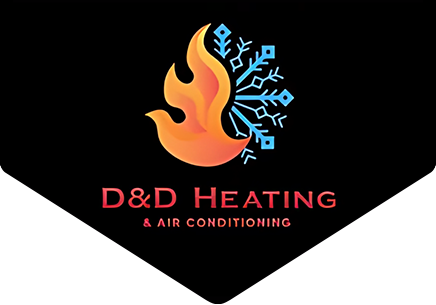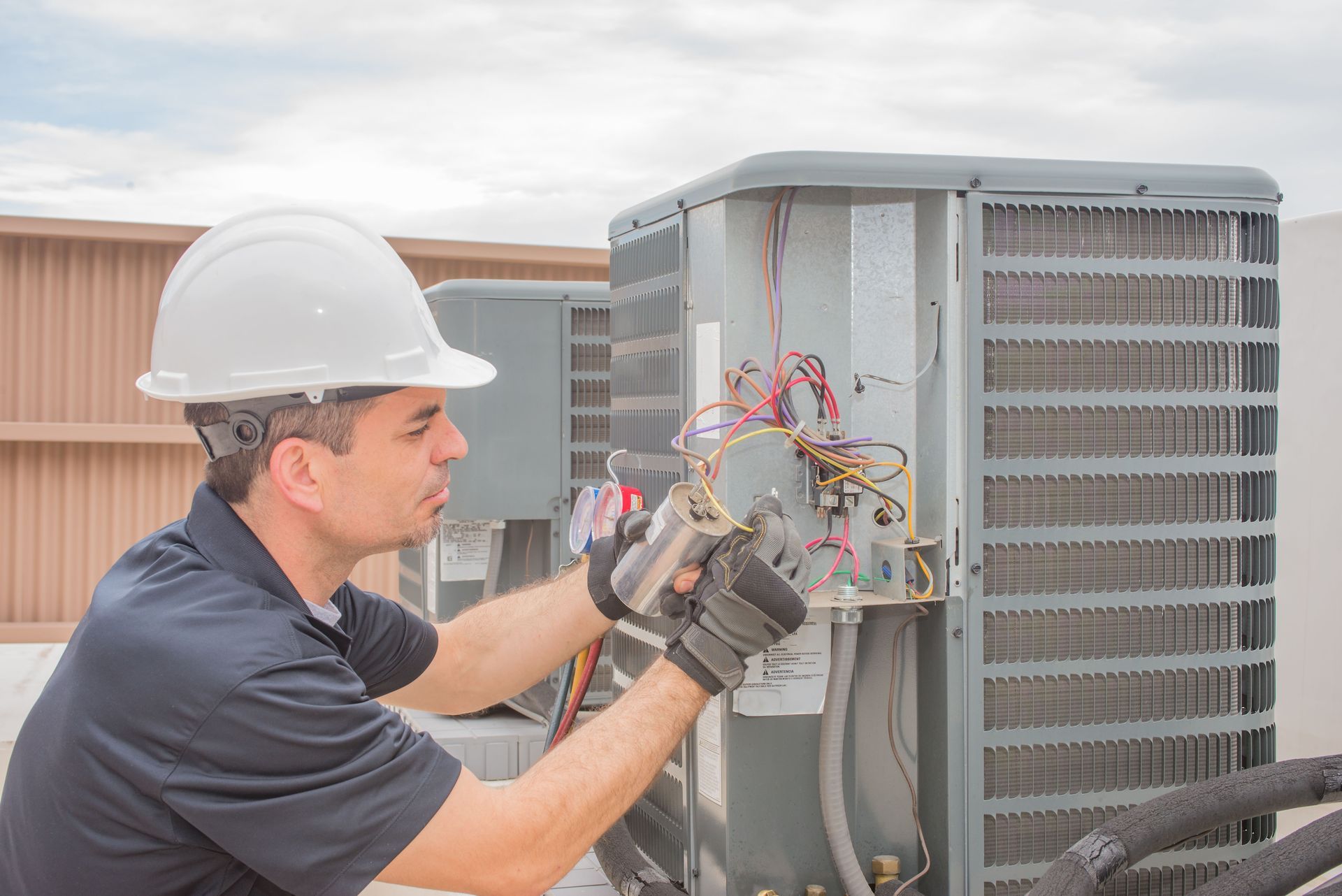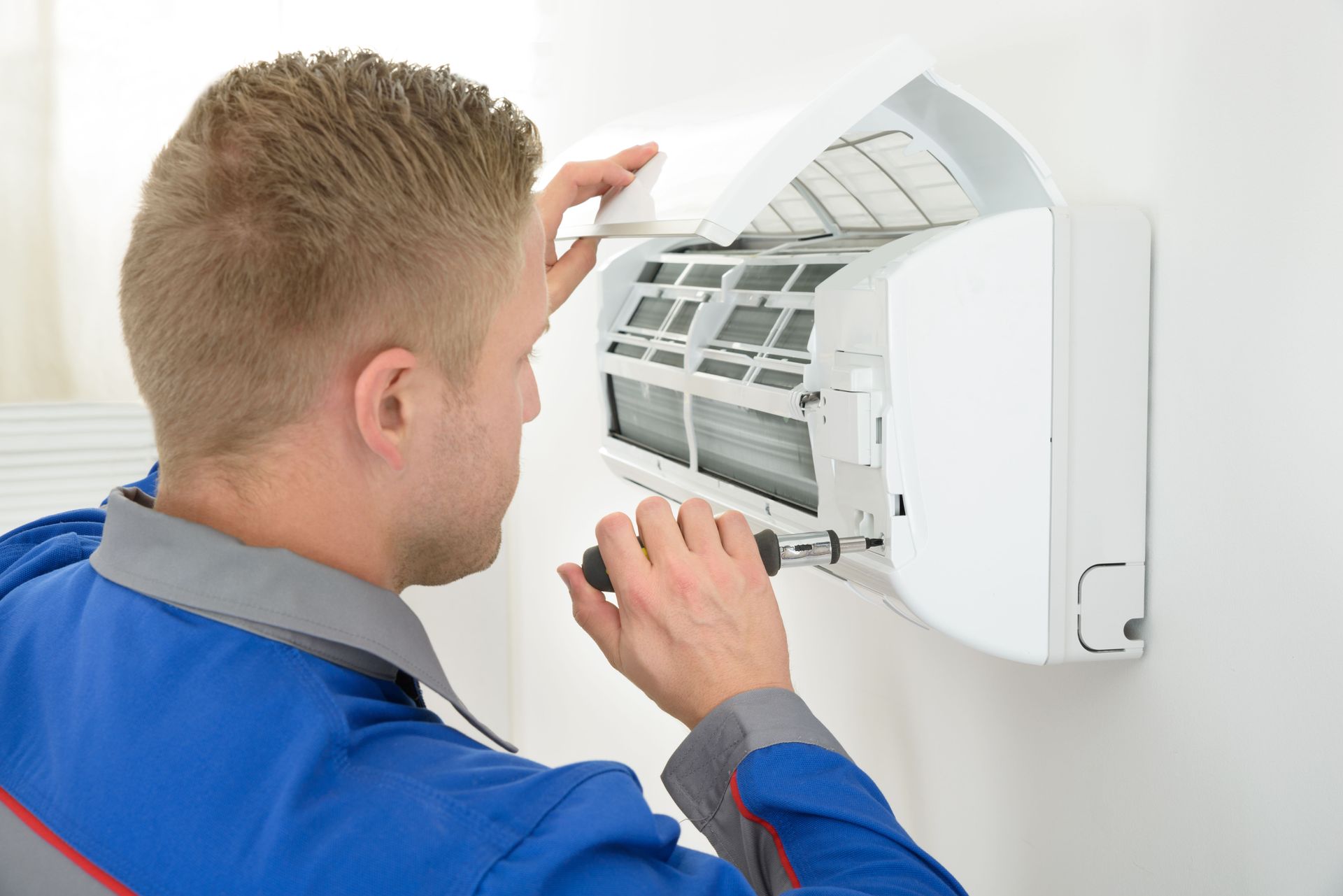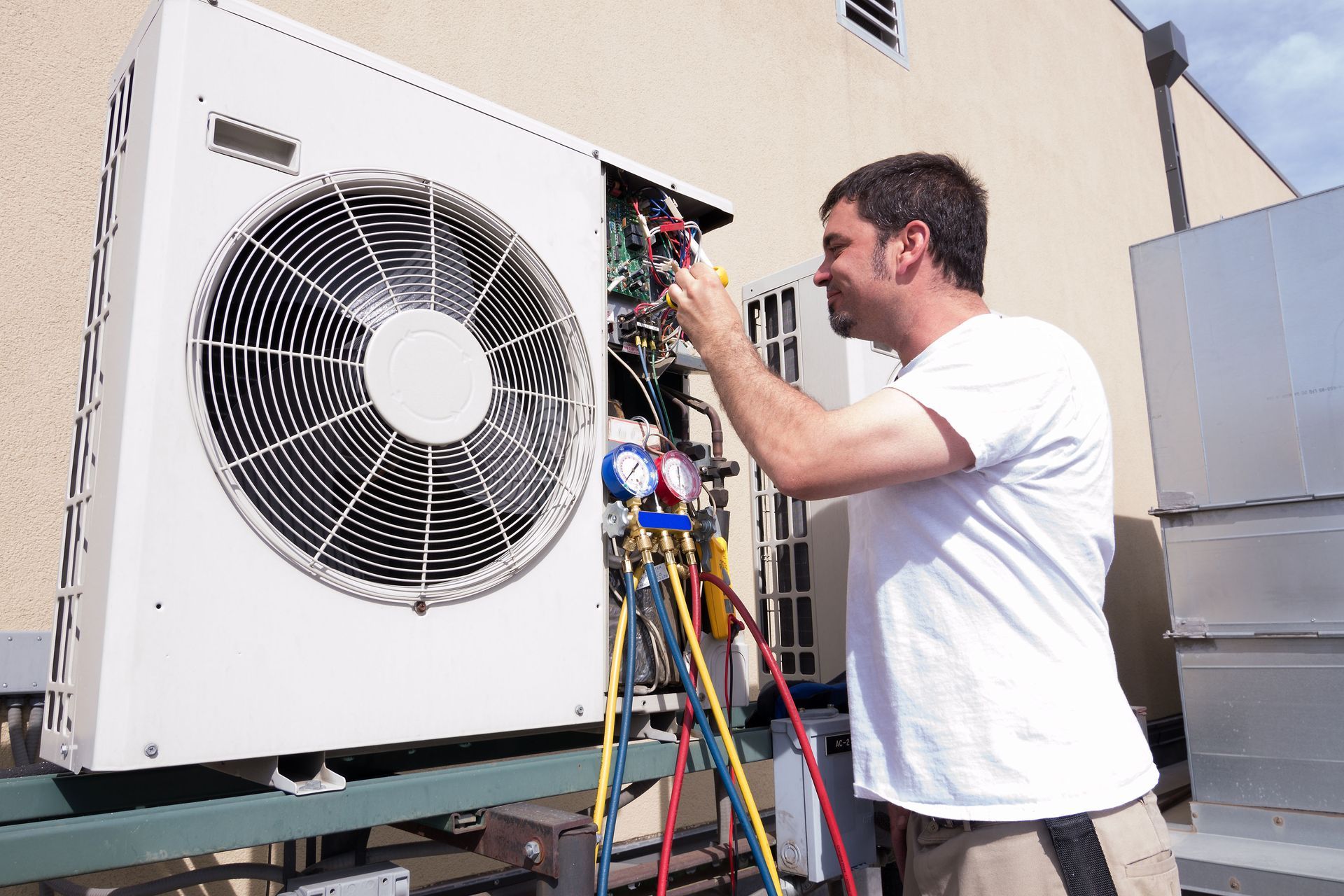4 Signs You Need Furnace Repair
Regular furnace repair and maintenance are essential to keeping your heating system efficient and safe throughout the colder months. A properly serviced furnace ensures consistent comfort, improved energy efficiency, and lower utility costs. Ignoring maintenance, however, can lead to serious problems such as carbon monoxide leaks, poor air quality, and even system breakdowns. By recognizing early warning signs and scheduling timely repairs, homeowners can extend their furnace’s lifespan and maintain a safe, warm living environment.
1. Making Unusual Noises
Rattling sounds coming from your furnace are often a clear indicator that something is amiss. This type of noise can suggest that there are loose components within the system that need tightening. Over time, the constant vibration can cause screws and panels to become loose, leading to inefficiency and potential damage to other parts of the furnace. If you ignore these sounds, you may end up with more severe mechanical issues that can result in costly repairs.
Squealing noises coming from your heating system often signal the need for furnace repair, typically due to issues with the blower belt or motor. As belts wear out or loosen over time, they can create a high-pitched squeal that indicates strain on the system. Similarly, a blower motor that lacks proper lubrication or is nearing failure may produce the same sound. Addressing these noises promptly through professional inspection can prevent costly damage and extend the life of your furnace.
Clicking or ticking sounds often suggest electrical issues or failing components within the furnace. These noises can occur when the furnace attempts to ignite or if there are issues with the control panel or the relay switch. While a certain amount of clicking is normal at startup, persistent or loud ticking should be investigated by a professional. These issues could indicate that a component is failing or loose wiring needs attention. Preventative maintenance and timely repair can avoid the danger of electrical failures and potential fire risks.
2. Heating Inconsistently or Insufficiently
A malfunctioning thermostat can lead to incorrect readings that affect your home's heating. If your furnace is not producing enough heat, it could be because the thermostat is not correctly communicating with the system. This could be due to issues like faulty wiring, dead batteries, or setting errors, preventing the furnace from kicking in as required. Ensuring the thermostat is functioning correctly and is appropriately calibrated is an essential part of furnace maintenance. Replacing or upgrading your thermostat can resolve these issues and improve your heating system's efficiency.
Ignition problems are another common cause of insufficient heat and are often linked to issues with the pilot light or electronic ignition system. When these components fail, your furnace may blow cold air or refuse to start altogether, disrupting your home’s comfort. Drafts can easily extinguish the pilot light, while electrical malfunctions can interfere with electronic ignition systems. Scheduling professional furnace repair ensures these parts are thoroughly inspected, cleaned, and functioning correctly, preventing further complications. Addressing ignition problems promptly not only restores proper heating but also prevents the risk of a complete system shutdown.
An aging furnace often struggles to maintain heat output, which can result in uneven heating throughout your home. Older systems are typically less energy-efficient and may not work as well as newer models in conserving energy and producing adequate heat. With time, wear and tear take their toll, leaving your system less capable of meeting your heating needs. It's important to recognize when a furnace is reaching the end of its intended lifespan to prepare for replacement. According to Better Homes & Gardens, any visible sign of rust, corrosion, or cracking is the number one sign that you may need to replace your furnace.
3. Cycling Frequently
Ignoring these warning signs can lead to more serious mechanical failures and costly repairs down the line. Overheating issues often indicate the need for prompt furnace repair, as they can cause your system to cycle on and off frequently for safety reasons. When a furnace overheats, it temporarily shuts down to prevent potential damage or fire hazards before restarting again. Common causes include restricted airflow from clogged filters, a failing blower motor, or a faulty limit switch. Regular maintenance and timely repairs help prevent overheating, reduce system stress, and extend the furnace’s lifespan.
Clogged filters play a significant role in the frequency of furnace cycling, impacting airflow and system efficiency. Dirty or blocked filters force the furnace to work harder to circulate air, which can cause the system to overheat and cycle frequently as a protective measure. Replacing or cleaning filters regularly can prevent this unnecessary stress on the furnace, helping it operate smoothly and extending its lifespan. Failure to maintain filters can result in a range of mechanical issues and accelerated wear that requires a costly repair or replacement. Not only does this compromise heating, but it also impacts energy consumption.
Insufficient airflow often leads to frequent cycling as the furnace's safety features are triggered. Whether due to blocked air ducts, a dirty blower, or closed registers, any restriction in airflow forces the furnace to shut down to prevent overheating. Addressing airflow issues can prevent the short cycling that often leads to increased wear and efficiency losses. Ensuring adequate airflow requires regular maintenance that includes cleaning and inspecting all parts of the HVAC system. Proactive management of airflow can significantly reduce the frequency of cycling and enhance system performance.
4. Rising Energy Bills
Rising energy bills are a common indicator of an inefficient or failing heating system. As furnaces age, they often become less effective and require more energy to produce the same amount of heat. Worn parts, such as motors or fans, struggle to perform efficiently, which pushes the furnace to consume more power. Maintenance and timely repair of these components can keep your energy costs in check. Upgrading to a newer, energy-efficient model may be more cost-effective in the long run, reducing both your energy bills and environmental impact.
In some cases, rising energy bills may signal the need for furnace repair, especially when poor insulation forces the system to work overtime. When heat escapes quickly through walls, windows, or doors, the furnace must run longer and more frequently to maintain a steady temperature. Scheduling a professional inspection can help determine whether the issue lies with insulation inefficiency or an underlying mechanical problem. This added strain increases energy consumption and accelerates wear on vital components. Upgrading insulation or sealing air leaks can greatly reduce heat loss, improving comfort and efficiency while easing the burden on your heating system.
Duct leaks can significantly impact energy usage, as escaped air causes the furnace to compensate by using more power to reach required temperature settings. Ductwork that is not properly sealed allows heated air to escape into unconditioned spaces, undermining heating efficiency. Regular duct inspections and sealing can effectively reduce energy waste while improving heating consistency and comfort. Leaks are not always obvious, making professional assessments critical to diagnose and repair these issues. Addressing duct leaks promptly can lead to substantial savings on energy bills over time.
Your furnace is a crucial part of keeping your home comfortable and safe during the colder seasons. Regular maintenance helps identify small issues before they turn into costly repairs, ensuring your system runs efficiently. Recognizing the signs that indicate a need for furnace repair is vital for keeping your home comfortable and warm. Contact D & D Heating & Air Conditioning Inc for all of your heating repair needs.






Share On: